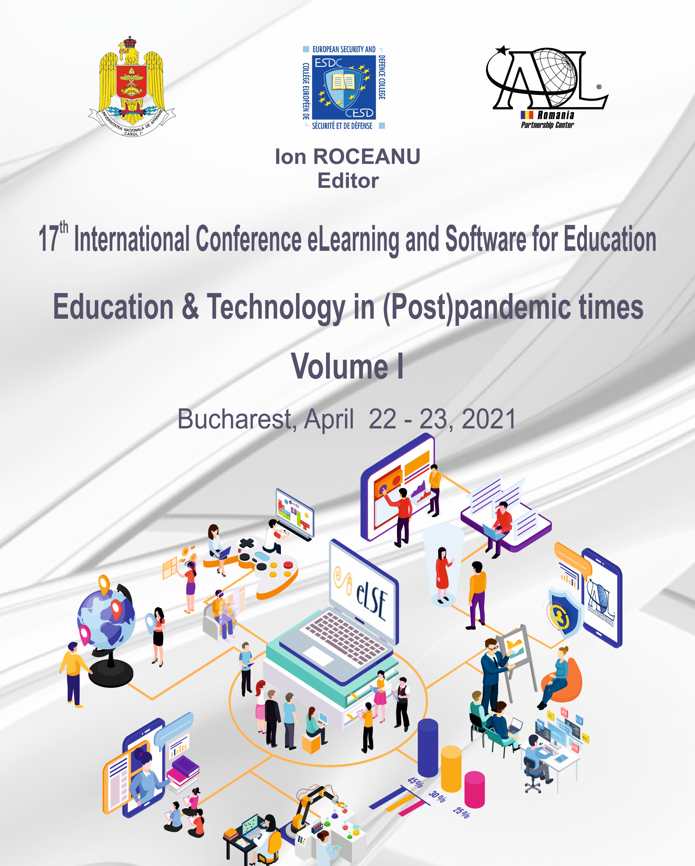TEACHING DIGITAL IN PANDEMIC TIMES: RECALIBRATING THE CLASSROOM FOR WEB 3.0 STUDENTS
TEACHING DIGITAL IN PANDEMIC TIMES: RECALIBRATING THE CLASSROOM FOR WEB 3.0 STUDENTS
Author(s): Maria Magdalena Popescu, Filofteia RepezSubject(s): Health and medicine and law, ICT Information and Communications Technologies, Distance learning / e-learning, Pedagogy
Published by: Carol I National Defence University Publishing House
Keywords: digital learning; BigBlueButton; Microsoft Teams; Gen Z; motivation;
Summary/Abstract: In post pandemic times when looking forward to the normality is the focus of everyone’s attention, research areas abound in papers spinning around the same topic- COVID-19. From disinformation to a mired economy, to the effects on global mobility, education, health, social and political aspects, all papers observe, analyze, count and draw conclusions on what COVID-19 meant for the whole world. Studies vary from a national level approach to the international, continental and global, with a specialist or generalist approach, from analyses on figures from economy and tourism to lexical analyses on occurrences of news topics or frequently used words, to measure society in terms of psychological unrest and confidence, after an invariable introductory section about the context and time COVID-19 first started and where it initiated, to stages of the virus spread and sectors affected. Looked at on the long term, education along with general and mental health are among the most frequently brought under lenses mainly due to the long term isolation consequences on social evolution. In this context, the present paper aims at highlighting the need for a recalibration of the educational process, to tune in with a virtual area, to accommodate a differently represented type of student and a variety of pedagogical approaches to adapt the syllabus and tailor activities to facilitate learning in an environment which has been recently re-purposed to fit and last, to answer and to teach. The universal tool-bag is extremely generous, the technological support products are abundant in apps designed for educational purposes, while the key to set it all in motion is creativity, attention to students’ needs, a proper selection of the pedagogical resorts and of the content, in a close combination with specificities of online communication in such contexts. A comparison will be drawn between two apps used for formal synchronous learning, three types of student, and four components in class management, all having one goal, the knowledge transfer.
Journal: Conference proceedings of »eLearning and Software for Education« (eLSE)
- Issue Year: 17/2021
- Issue No: 01
- Page Range: 452-459
- Page Count: 8
- Language: English

